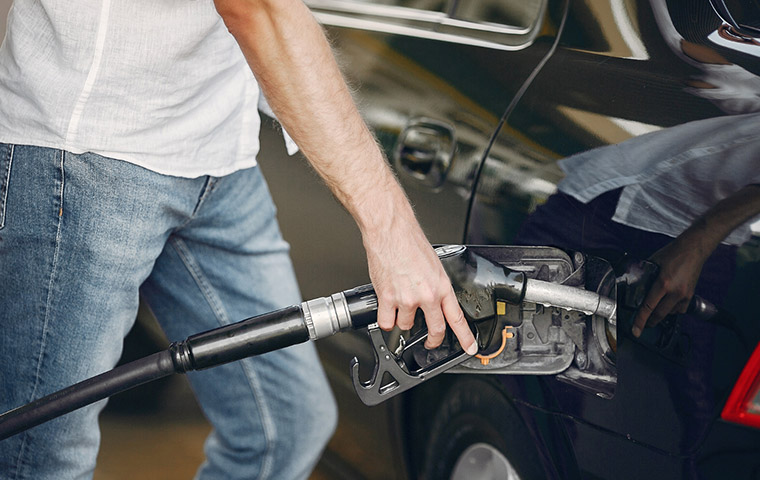One of the first places that fleets look to save money is on gas. After all, fuel costs can make up over half of a company’s budget, and gas prices fluctuate constantly. Maintaining vehicles and monitoring driver behavior are ways that fleet managers try to cut costs, but these methods can only go so far. Without discounts at the pumps and spending management, there’s simply no way to catch a break. Luckily, fuel cards give fleets that much-needed break. An enterprise fleet management gas card allows fleets to both manage what drivers spend at the pump and obtain discounts. So how exactly do these gas cards work? We will go over that below.
Discounts
Each business that offers a fuel card has a network of gas stations where their card will work to get drivers a discount. This discount can be anywhere from three to ten cents per gallon, depending on what card you choose. When a business has multiple drivers filling up trucks and semis, those savings add up fast! The cards may be free of charge or cost up to $10, so businesses should do their research before picking a card to find out what works best for them.
Monitoring
Nobody wants to be a babysitter, but unfortunately, drivers sometimes steal from their employers, and over time, it can wind up costing businesses lots of money. Sometimes, employees siphon gas from the company vehicle for personal use or overfill into another container. They can even buy fuel for an unauthorized personal vehicle. Other times, they may purchase snacks or drinks at the gas station store. Fuel cards prevent all these manners of theft by allowing managers to monitor how money is spent at the pump. There is even an added layer of security in which drivers have to enter their driver identification number to make a purchase. It’s easy for managers to track all of this data in the fuel card’s app or website.
Ease-of-Use
Keeping track of receipts and credit card statements over months of gas purchases for multiple vehicles is extremely tedious, especially when managers have so many other tasks on their plates. It takes time, effort, and space that a business simply may not have. Fuel cards track all of that data in place of scattered papers in simple, easy-to-access mobile applications and websites. Managers can go back as far as they need with just a few swipes or clicks — o more hours of wasted labor or hounding drivers for that one missing receipt. The savings on administrative costs pay for the cards alone, even before figuring in fuel discounts and the benefits of monitoring.
Quick
Drivers have schedules to keep and don’t want to take the time to report their spending accurately. There are a few ways that fuel cards make their time at the pump shorter. The first is contactless payment. Contactless payment makes fuel stops a breeze, and drivers don’t even have to touch the pump!
Secondly, drivers will never have to struggle for a way to pay. Before fuel cards, drivers would sometimes have to pay out of pocket for their fuel and later chase down managers to receive compensation. Now, they always have money for fuel and will always be able to account for their spending.
Finally, since managers no longer have to dig around for receipts, drivers won’t either. They are busy as well, and the search for a receipt is a delay in their day that they simply can’t afford. With the mobile app, they can reference their purchase with the click of a button; no hassle needed.
Reports
Managers want to know where the fleet’s money is going, and fuel cards help organize that data into comprehensive reports that answer any question a manager may have. Some reports summarize any aspect of spending that the manager would want to know about. Purchase activity reports show fuel and maintenance spending for any number of vehicles. Managers can even customize reports for exceptions, transaction summaries, and transaction details. Tax exempt businesses can view their tax information as well at a glance. It’s easy to find where funds have been misused, track previous purchases, and view fuel expenses.
Conclusion
Fuel cards are a small investment that offers maximum savings for fleets. Monitoring and breaking down spending are important tasks for a manager to do quickly and efficiently. Fuel cards not only provide discounts, but make managing fuel costs much easier. To find out what fuel card is best for your business, check out our blog post on the best fleet fuel cards for your business.








